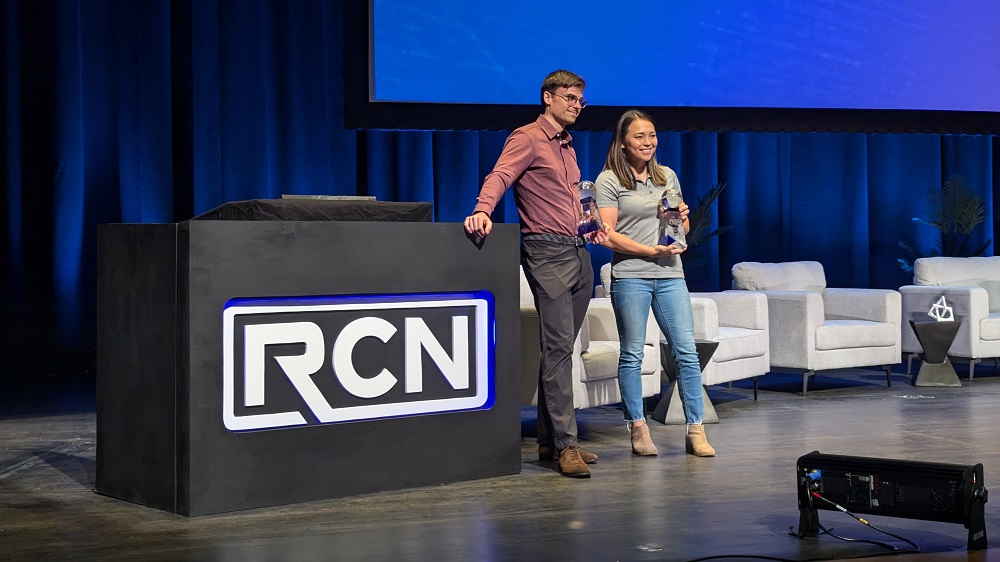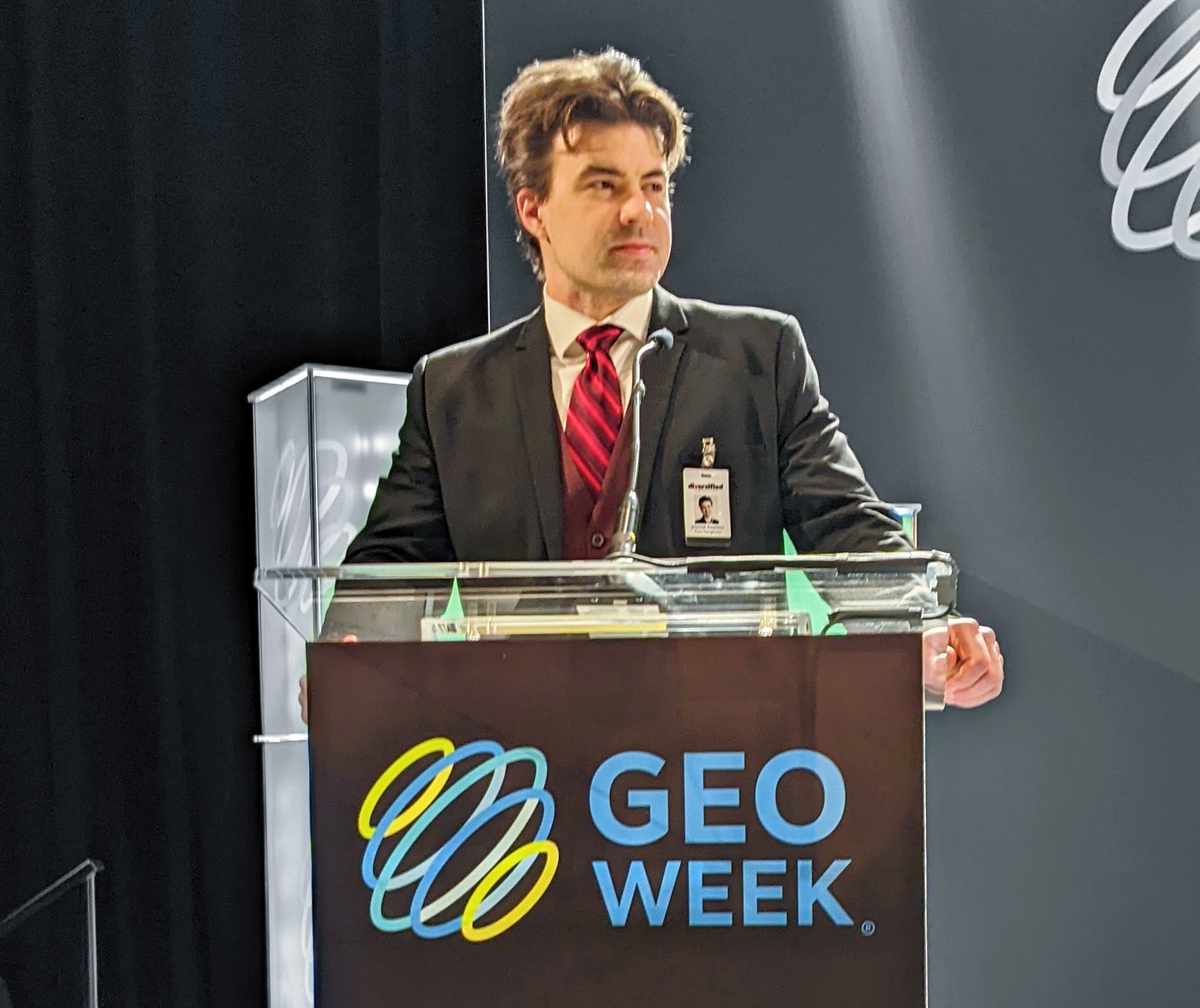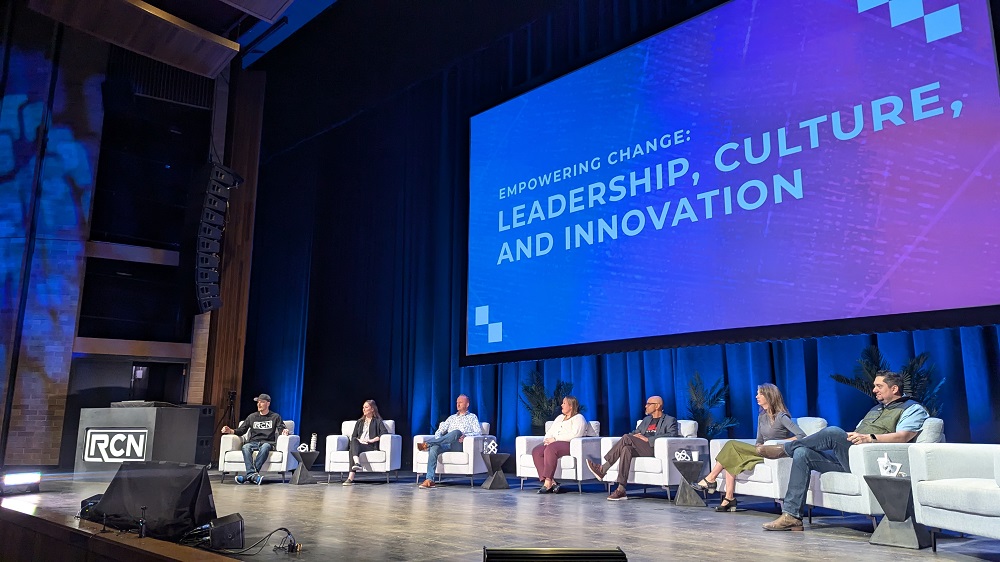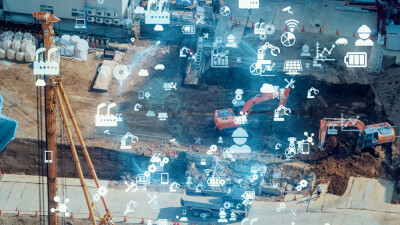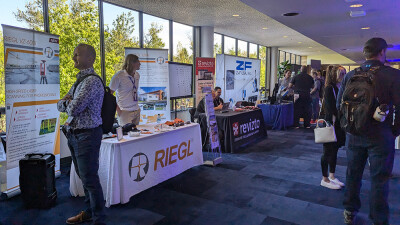Designed to bring together innovators in architecture, engineering, construction, surveying, and mapping, the R-CON conference produced by Reality Capture Network is much more than an event focused on education and networking for 3D professionals. By cultivating conversations that won’t happen in any other context, the event provides attendees with insights into how 3D assets can be captured and contextualized in ways that create new efficiencies.
Matthew Byrd from RCN kicked off the event with a welcome that centered on RCN’s mission to inspire, inform, and empower but then got right into presentations and discussions. Kelly Watt from DFW Airport laid out details associated with a recent digital twins project at the airport that highlighted the challenges associated with keeping track of assets and that change and are updated so many different types and accesses by so many teams. However, the biggest challenges are often something much more basic.
“We’ve run into business challenges when we’re going between different languages, or coordinators are printing materials that get updated by hand,” Watt said. “So it’s not always about the technology, but an understanding of who needs to do what with it and when.”
The Empowering Change: Leadership, Culture, and Innovation panel featured experts from across the space to tackle broad and specific questions. One of those questions was about trying to define what innovation actually is, with answers that included “monetized creativity,” “improving life” and “being able prove an ROI.” One thing the panel agreed on was that innovation is not just being “cool.”
They also outlined how innovation isn’t just about the technology itself but about how it can be utilized. Ashley Crowder from VNTANA shared a story about how one of their clients sent a 3D asset they created to the CEO in a way he was able to access on his phone, and that completely changed his perspective and got him to support the project in a whole new way. Innovation also needs to be understood in the context of both a given project and the wider organization, but how and where that knowledge begins and is subsequently accessed should also be a priority.
“There’s a big difference between a proof of concept and a pilot,” said Rick Khan Director of MEGA Projects. “Proof of concept is just that, but for a pilot, the goal is to scale. If you don’t have a knowledge management program that teams and departments can utilize as part of that process and in an ongoing manner, you’re not thinking strategically.”
Other talking points included who the person tasked with innovation in an organization should report to and what it means to cultivate a culture of innovation, with the panel agreeing that it’s about providing psychological safety so that everyone knows they can speak up. The panel also discussed whether generational divides or time spent at a given company represented the biggest barrier to the adoption of new tools and whether it made sense to utilize a new solution for free or as part of a partnership.
During the Ecosystem of Reality Capture, Digital Twins, XR, and AI discussion, another group of experts discussed how reality capture has become part of the strategy around how an organization uses data, but underscored how that approach needs to happen in an even bigger way across the industry.
“The cost to do the work has decreased so we can do more, but it’s not enough just to capture more data,” said Meaghan Snethlage from VEERUM. “Now we can capture all of it, but how do we put the data to work?”
That led to a discussion around how the increased capability of capture tools isn’t limited to hardware but also includes new capabilities related to AI. Bu what does it look like to go beyond the buzzwords associated with these tools? The quote about AI not taking anyone’s job, but someone who uses AI taking that job was mentioned, which underscored how the panel discussed what it means for AI to be a tool rather than a solution unto itself.
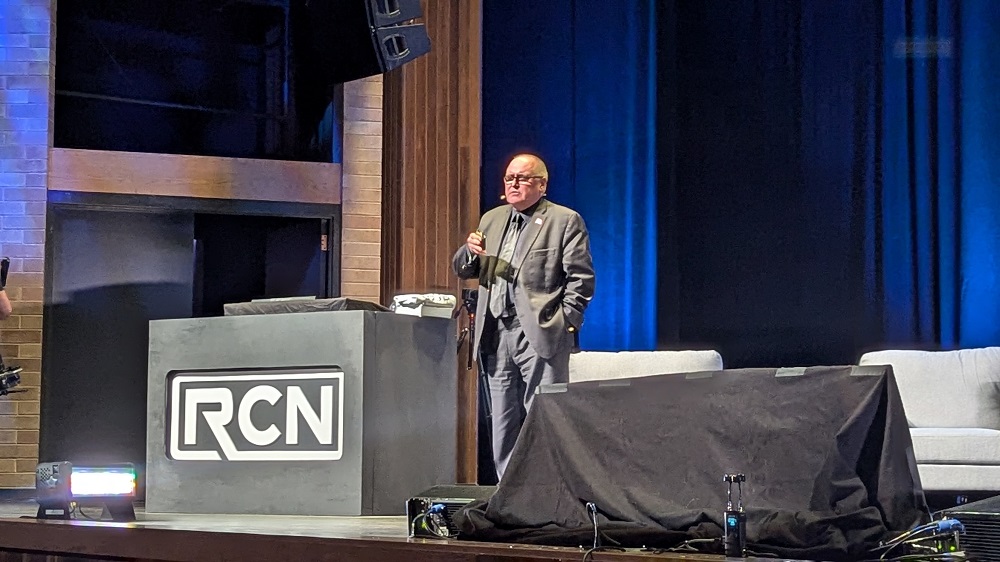
“AI takes care of the mundane, and that’s how you have to approach and use it,” said Paul Doherty from the digit group. “Right now, we’re not asking good questions, and that’s the key to unlocking the value. You need to have curiosity to take advantage.”
Doherty went on to talk about the architectural spec work he has done and still can do and how it takes take him up to 60 hours. With AI, it’s 40 seconds. That speed is connected to AI being a change agent for the current generation, but being able to leverage that change is related to how it’s used.
During the Field Technology at Large presentation, an entire team from DPR construction told the story of what it means for the people in the field to not only be connected with one another when it comes to the data they’re capturing daily but how all of that information is then fed into a system and process others can utilize. They’ve defined a process that outlines not only what it means for the field team to design, coordinate and capture info on their job site, but also how others can use and benefit from this info.
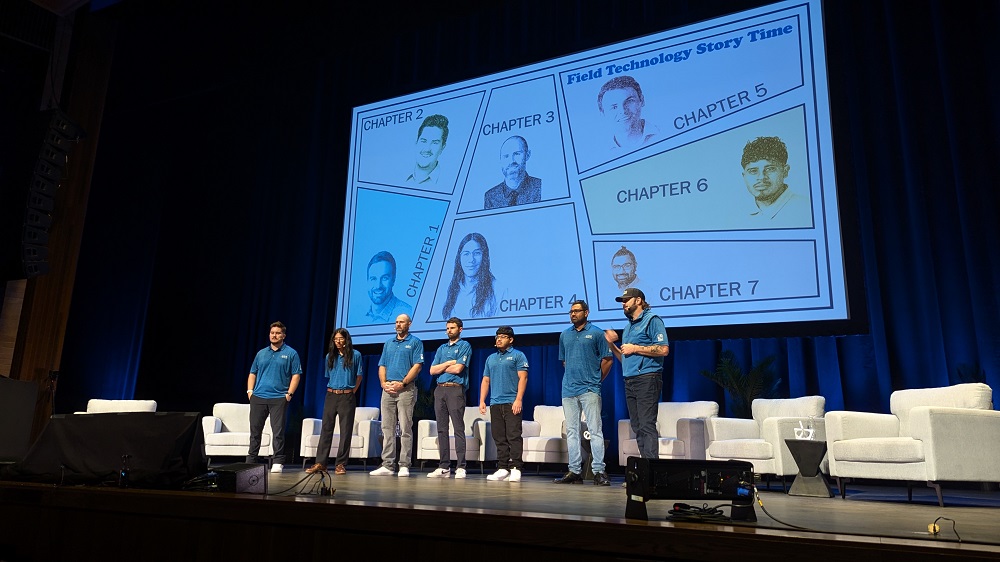
Dustin Ridley works closely with project teams and regional leadership to make connections between DPR, design teams, and partners to align on BIM requirements, leading model creation and management, cost control and production management, scheduling, and quality control. That work has created efficiencies for the field team but also allowed supervisors to become power users with data that the field team is making available. That usage led to some unexpected feedback.
“The only real surprise we got was how many people asked for more,” Ridley said. “We’re providing our entire team with so much more data and info, but the understanding and accessibility connected to it has them asking us to take it to the next level.”
Later on, Shannon Keeler from Evercam detailed some examples of what this next level can look like when it comes to enabling construction visibility, but also outlined that doing so isn’t just a matter of keeping tabs on contractors and employees, but promoting a culture of safety. Additionally, challenges with the amount of information being captured have created bottlenecks that AI is helping to resolve.
“It’s not about the amount of capture but instead the speed of consumption,” Keller said. “Did 15 trucks of soil really come through yesterday? We have tools and records to answer questions like that, but the accessibility of those answers is about so much more than raw data or a certain algorithm.”
Wrapping up the event, Looq AI was announced as the winner of the first annual RCN Ignite competition, while Thomas Czerniawski from Integrated Projects and Morgan Drivas from JTM Construction took home awards as part of the 4th Annual RCN Awards.
